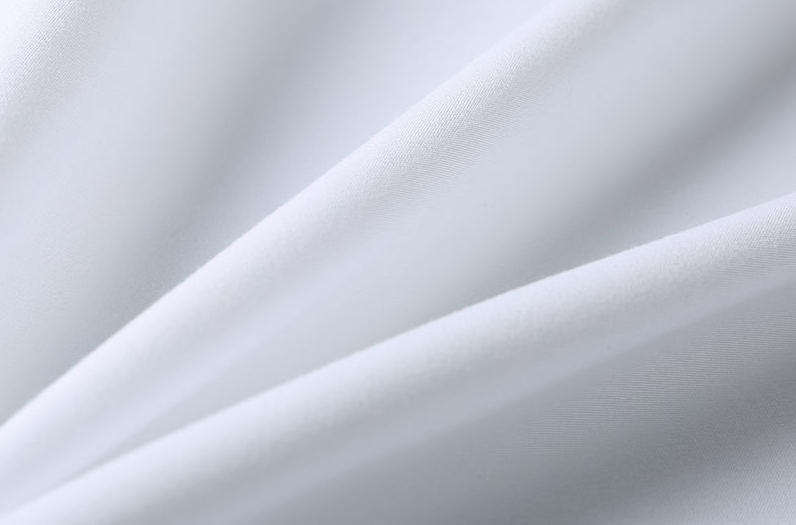Industry Knowledge
What is the most complicated step in the production process of Bleach White Dyeing Polyester Fabric?
In the realm of textile manufacturing, the production of
bleach white dyed polyester fabric stands out as a meticulous and intricate process. As one of the most popular items in many factories, the journey from gray fabric to pristine optical white involves multiple steps, each crucial for achieving the desired level of purity.
The Production Journey:
At the heart of the bleach white dyeing process lies the transformation of gray fabrics into optical white masterpieces. The journey begins with raw, untreated polyester, typically in its natural gray state. This raw material is chosen for its versatility, strength, and the potential to achieve the desired level of whiteness.
Chemical Bleaching:
The most complicated step in the production process is undoubtedly the chemical bleaching of gray fabrics. This step is pivotal in the journey to create bleach white dyed polyester fabric. The objective of chemical bleaching is multifaceted, aiming to remove impurities, stains, natural oils and waxes, and pigments present in the raw gray fabric.
The process involves the application of carefully selected chemicals to break down and eliminate these unwanted elements. This meticulous approach is crucial for achieving the necessary and stable whiteness required for optical white fabric. The challenge lies in finding the delicate balance between thorough purification and preserving the structural integrity of the polyester fibers.
Impurities and Pigment Removal:
The chemical bleaching process is designed to address a spectrum of contaminants. Impurities originating from the manufacturing and handling of the fabric, stubborn stains acquired during processing, and natural elements like oils and waxes are meticulously targeted. However, the most significant challenge is presented by the removal of pigments.
Natural pigments, inherent in the gray fabric, contribute to its original coloration. The success of the bleach white dyeing process hinges on the effective removal of these pigments. Manufacturers must navigate the intricacies of chemical formulations and application methods to ensure that pigments are neutralized without compromising the structural integrity of the polyester fibers.
Quality Control:
Given the popularity of
bleach white dyed polyester fabric, quality control is an overarching concern throughout the entire production process. Ensuring that the fabric attains the desired level of whiteness without sacrificing strength and durability is a delicate balance. Quality control measures involve rigorous testing and inspection at each stage, with a keen focus on the chemical bleaching step to guarantee uniformity and consistency in the final product.
The production of bleach white dyed polyester fabric is a testament to the textile industry's commitment to delivering quality and aesthetic appeal. Within this intricate journey, the chemical bleaching step emerges as the most complicated yet pivotal phase. Navigating the removal of impurities, stains, oils, waxes, and pigments requires a profound understanding of chemistry and material science.
As consumers continue to demand optical white fabrics that are not only competitively priced but also of superior quality, manufacturers must continually refine their processes. The challenges embedded in chemical bleaching highlight the dedication of the industry to meet these demands, ultimately delivering bleach white dyed polyester fabric that is both visually stunning and structurally sound.

 English
English Español
Español



















 Quality
Quality Experience
Experience Prolificacy
Prolificacy Service
Service



